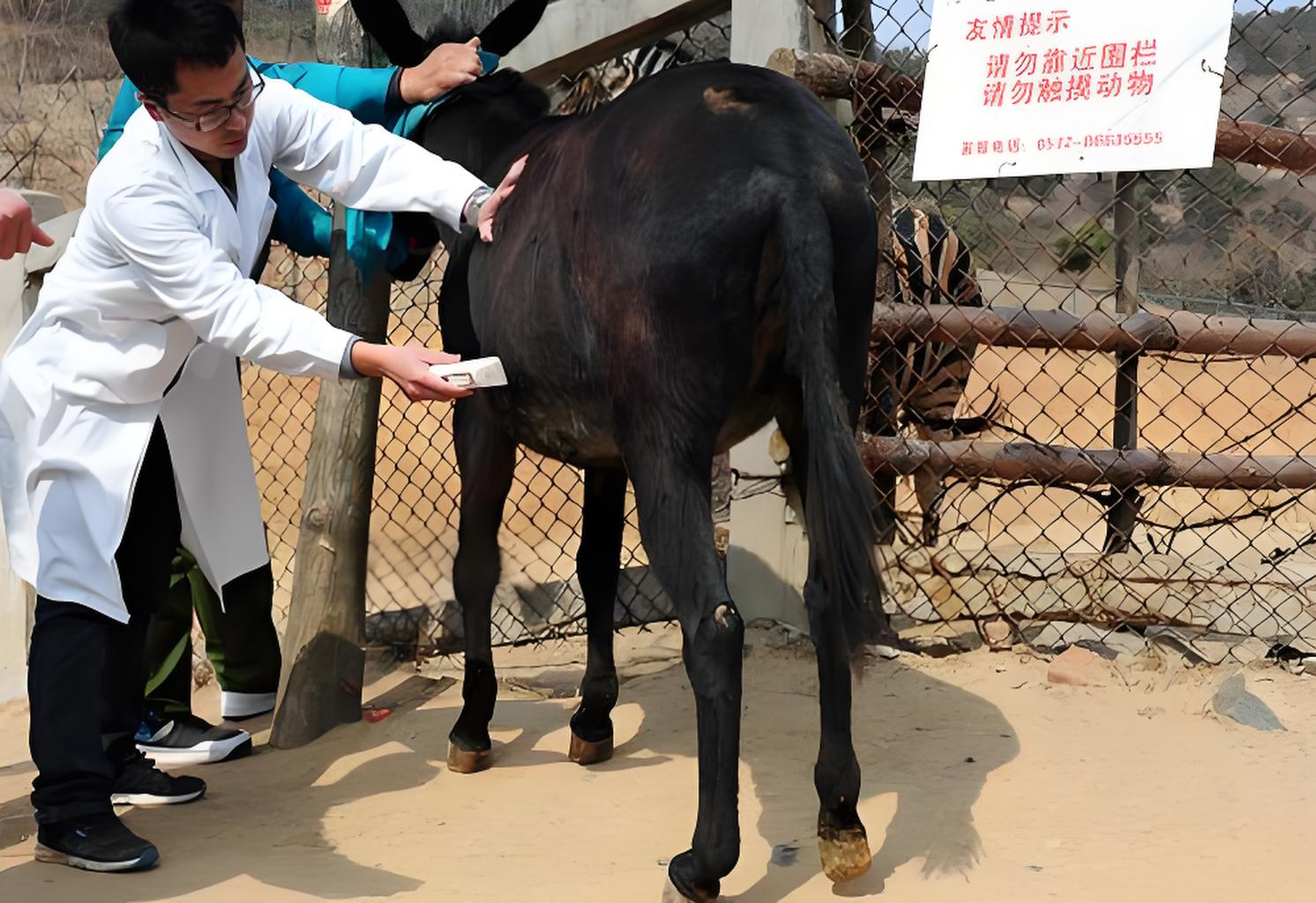Veterinary radiology and ultrasound are two of the most important diagnostic tools in modern veterinary medicine. These non-invasive imaging techniques allow veterinarians to get a detailed view of an animal's internal structures, helping them diagnose diseases, monitor health conditions, and plan effective treatments. Whether you're a pet owner or a veterinary professional, understanding the role of radiology and ultrasound in animal healthcare is essential for better outcomes.

In this article, we’ll explore what veterinary radiology and ultrasound entail, their common applications, and how they benefit both pets and veterinarians.
What is Veterinary Radiology?
Veterinary radiology involves the use of X-rays to capture images of an animal’s internal organs, bones, and tissues. X-rays are a form of electromagnetic radiation that can pass through the body to produce images on film or digital detectors.
Common Uses of Veterinary Radiology:
- Bone fractures: X-rays are often the first diagnostic step for evaluating broken bones or skeletal abnormalities.
- Dental assessments: Dental X-rays are used to check for tooth decay, root infections, or other dental issues in animals.
- Joint problems: Conditions such as arthritis, hip dysplasia, or ligament injuries can be diagnosed through radiographs.
- Lung and heart health: Radiology is commonly used to check for lung infections, tumors, and heart abnormalities like an enlarged heart.
What is Veterinary ultrasound?
Veterinary ultrasound uses high-frequency sound waves to create real-time images of an animal’s internal soft tissues. Unlike X-rays, ultrasound doesn’t involve radiation, making it a safer choice for certain diagnostic procedures, particularly when repeat imaging is necessary.
Common Uses of Veterinary Ultrasound:
- Abdominal imaging: Ultrasound is often used to assess organs like the liver, spleen, kidneys, and bladder.
- Cardiac assessments (echocardiography): Ultrasound is the primary tool for evaluating heart function, detecting conditions like heart disease or congenital defects.
- Pregnancy monitoring: Ultrasound is frequently used to confirm pregnancies and monitor fetal development in animals.
- Guided biopsies: Ultrasound can guide veterinarians when collecting tissue samples for analysis, allowing for more precise targeting of affected areas.
Veterinary Radiology vs. Ultrasound: Key Differences
Although both radiology and ultrasound are diagnostic imaging tools, they serve different purposes and offer unique advantages:
1. Imaging Capabilities:
- Radiology: Primarily used to image bones and dense tissues, radiology is excellent for identifying fractures, joint issues, and some lung or heart conditions.
- Ultrasound: Specializes in imaging soft tissues like organs, muscles, and blood vessels. It’s particularly useful for diagnosing abdominal and cardiac issues.
2. Radiation Exposure:
- Radiology: Involves exposure to ionizing radiation, though the amount is carefully controlled to minimize risks to both the animal and veterinary staff.
- Ultrasound: Does not use radiation, making it a safer option for repeated imaging, especially for pregnant animals or younger pets.
3. Detail and Precision:
- Radiology: Provides clear, static images of bones and some organs but may not capture details of soft tissues as well.
- Ultrasound: Delivers more detailed images of soft tissues and allows for real-time, moving images, which is especially useful for monitoring organ function.
How Veterinary Radiology and Ultrasound Work Together
In many cases, veterinarians will use both radiology and ultrasound to gain a comprehensive understanding of an animal’s health. These two modalities complement each other, helping veterinarians diagnose conditions more accurately and efficiently.
For example:
- A radiograph may show an abnormal growth or mass, prompting the use of ultrasound to further investigate the size, location, and type of mass.
- Radiology may detect fluid in the chest cavity, while ultrasound can be used to pinpoint the source and guide fluid removal.
Benefits of Veterinary Radiology and Ultrasound
Using radiology and ultrasound in veterinary care offers several important benefits:
1. Non-Invasive Diagnostics:
Both imaging tools allow veterinarians to look inside an animal's body without the need for surgery, reducing the risk of complications and recovery time.
2. Early Detection of Diseases:
Radiology and ultrasound help in the early detection of serious conditions such as cancer, heart disease, or organ failure, improving the chances of successful treatment.
3. Improved Treatment Planning:
Detailed images from radiographs and ultrasounds help veterinarians plan more effective treatments or surgical procedures, leading to better outcomes.
4. Enhanced Monitoring:
Both imaging techniques are valuable for tracking the progress of ongoing treatments, whether it's healing after surgery or monitoring a chronic condition like kidney disease.
Training in Veterinary Radiology and Ultrasound
Veterinary professionals who want to specialize in diagnostic imaging often pursue additional training in radiology and ultrasound. This training can take the form of certification programs, workshops, or continuing education courses that teach the use of imaging equipment, interpretation of images, and practical skills for clinical applications.
Veterinarians and veterinary technicians with specialized training in radiology and ultrasound are in high demand, as these skills can significantly improve diagnostic capabilities in veterinary practices.
Choosing the Right Imaging Modality for Your Pet
If your pet requires diagnostic imaging, your veterinarian will determine whether radiology or ultrasound—or a combination of both—is the best choice based on your pet's condition.
For bone fractures, joint issues, or dental assessments, radiology is usually the first option. For soft tissue issues, organ evaluations, or pregnancy monitoring, ultrasound is often preferred.
Key Questions to Ask Your Veterinarian:
- What type of imaging is best for my pet’s condition?
- Will my pet need sedation or anesthesia for the procedure?
- Are there any risks associated with the imaging process?
Conclusion
Veterinary radiology and ultrasound are essential tools in animal healthcare, providing veterinarians with the ability to diagnose and treat a wide range of conditions accurately and safely. Whether your pet needs an X-ray for a broken bone or an ultrasound for a heart condition, these imaging techniques play a critical role in ensuring your pet receives the best possible care.
With advancements in diagnostic imaging technology, veterinarians are better equipped to detect diseases early, plan effective treatments, and monitor recovery, all of which contribute to improved animal health and well-being.
tags:


